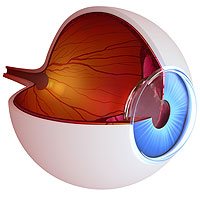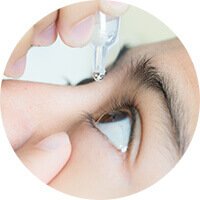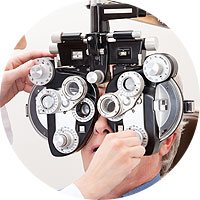
How often do you have to deal with irritating and dry eyes? If you frequently do, you could have dry eye syndrome.
Dry eyes affect millions of people every year. Environmental conditions, medications, and sleep all impact the moisture level of your eyes.
But if your symptoms don’t come and go and instead remain year-round, you may need to deal with a deeper issue. Dry eye syndrome is a chronic condition that causes continual dry eyes.
Meibomian gland dysfunction (MGD) is a leading cause of dry eye syndrome. If you have MGD, you likely have perpetual irritation in your eyes.
Keep reading to learn more about MGD and determine if your dry eyes could be due to meibomian gland dysfunction.
What is Meibomian Gland Dysfunction?
MGD is a leading cause of chronic dry eyes. Chronic dry eyes usually occur due to interruptions in your tear-production system.
MGD is one of the most common causes of inadequate tear production. It can result in an overproduction of tears while causing dry eyes at the same time.
That’s because of the ingredients in healthy tears. A healthy tear should contain water, mucus, and oil.
The water hydrates and nourishes your eyes, and the mucus spreads it across your eyes, so they get the nutrients they need.
The oil in your tears protects this water and the surface of your eye. It coats your tears and prevents them from evaporating.
If your tears are evaporating, your eyes will become dehydrated. When your eyes sense they lack hydration, they call for more tears.
If these new tears also evaporate because of a lack of oil, you need more tears, and a vicious cycle begins. MGD causes dry eyes because it interferes with the production of this vital oil.
It gets produced in your meibomian glands, which line the rims of your eyelids. These glands can become blocked and clogged, preventing the oil from getting to your eyes.
The result is simultaneous chronic dry eyes and overproduction of tears. When the oil isn’t there to do its job, the whole tear production system gets disrupted.
How Do You Treat MGD?
Using standard treatments for dry eyes, like eye drops, may help alleviate the symptoms caused by MGD. But, you also need to address the root cause of the issue.
If no oil reaches your eyes, they cannot get hydrated, and the cycle perpetuates itself. Unblocking the glands in your eyelids is the only way to treat the root cause of MGD.
Fortunately, there are effective treatments to unblock your meibomian glands.
LipiFlow is one of the most effective and most exciting. It gets rid of blocks in your glands and helps stimulate the production of oil.
LipiFlow unblocks your meibomian glands using two treatments simultaneously. The first is warm heat applied to your inner and outer eyelids.
The warmth melts the waxy buildup clogging your glands and blocking oil from your eyes. It makes it flow more easily.
Next, the LipiFlow device uses gentle pressure to pull the melted oil out of your glands. The pressure is delicate, so it doesn’t affect your eyes at all. But it is strong enough to pull the built-up wax out of your eyes.
One LipiFlow treatment should be enough to unclog your meibomian glands. But, you can get it more than once if your meibomian glands become blocked again.
Your eyes could feel less dry immediately after your LipiFlow treatment. Or, it could take some time before the oil starts flowing out of your glands again. No matter what, LipiFlow could help get rid of your dry eyes.
Schedule an appointment at Eye Care Specialists in Berwick, PA. See if treating MGD will help your dry eyes!

















